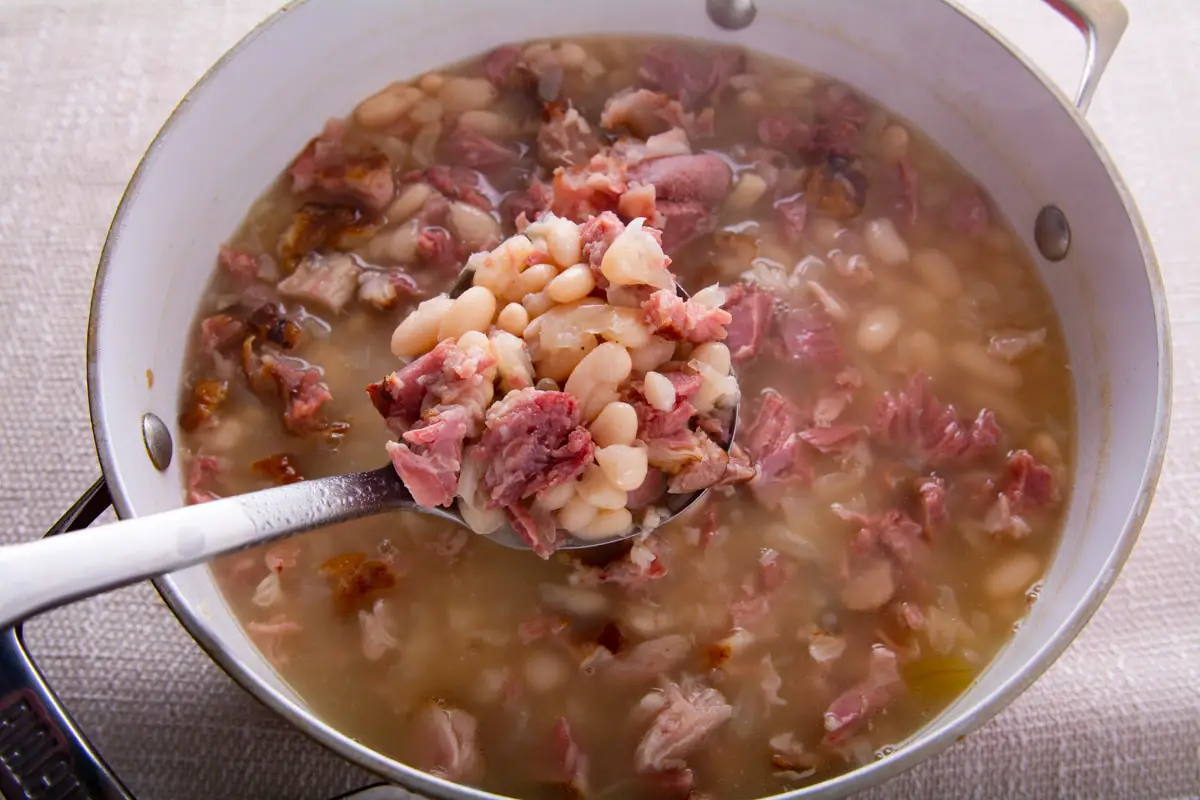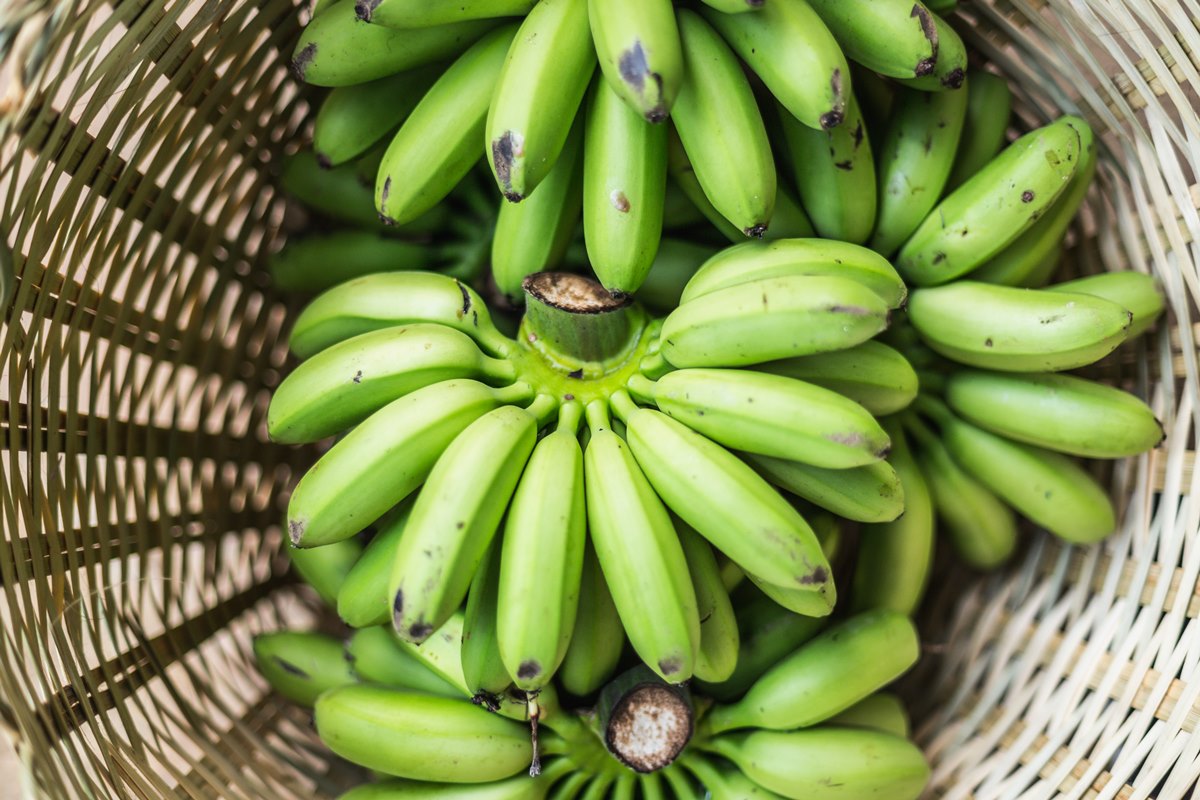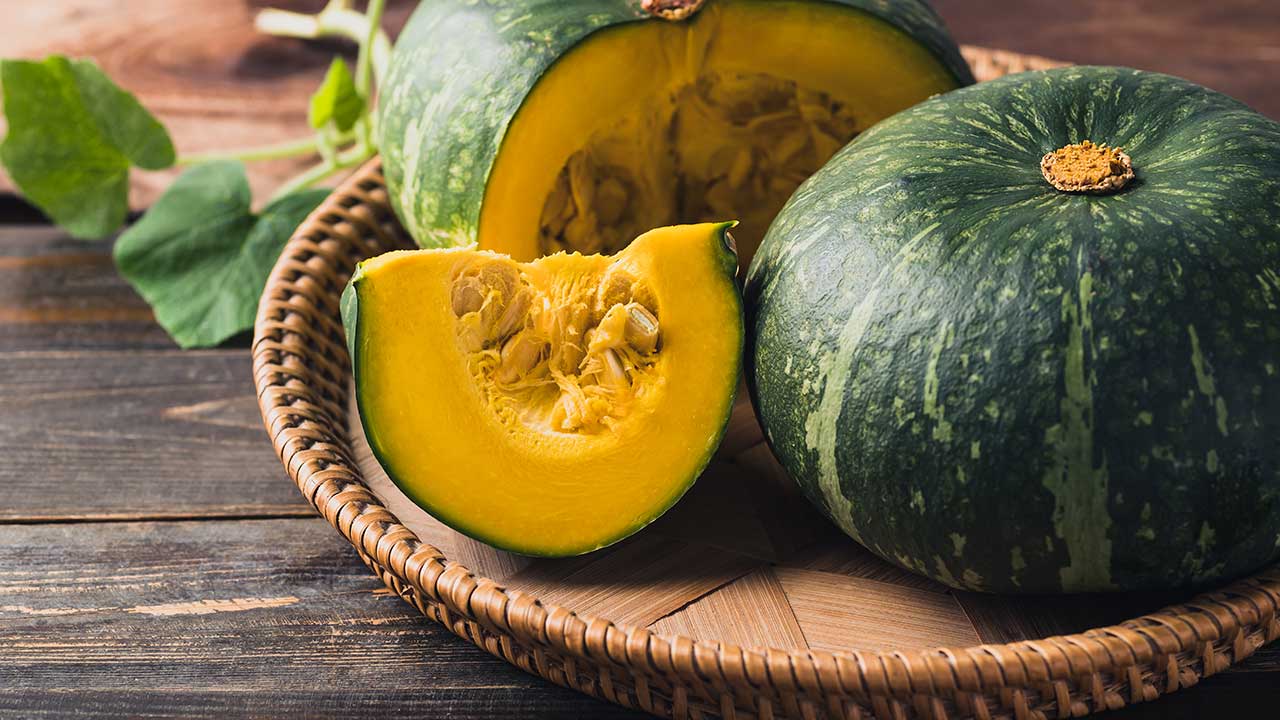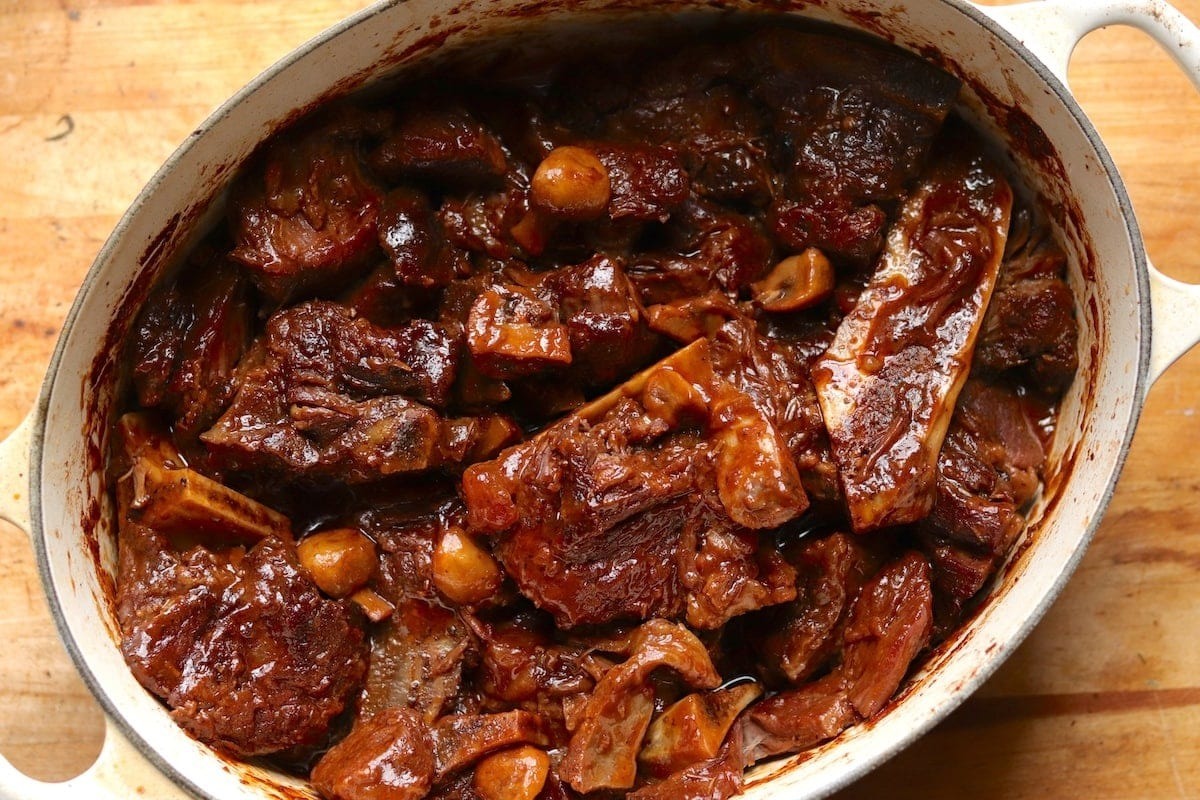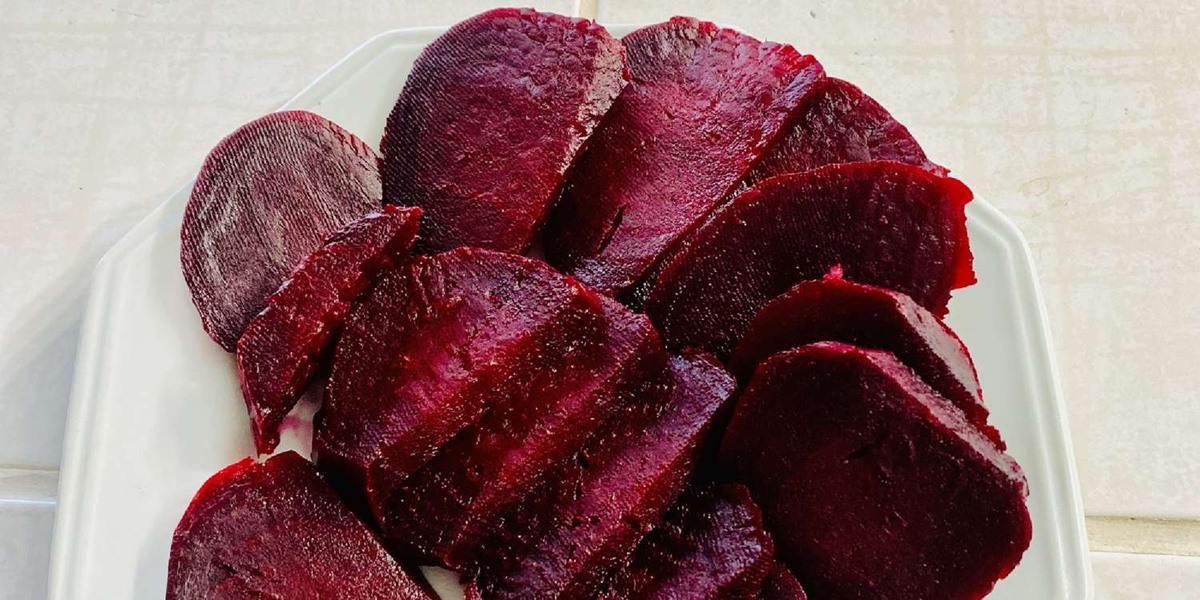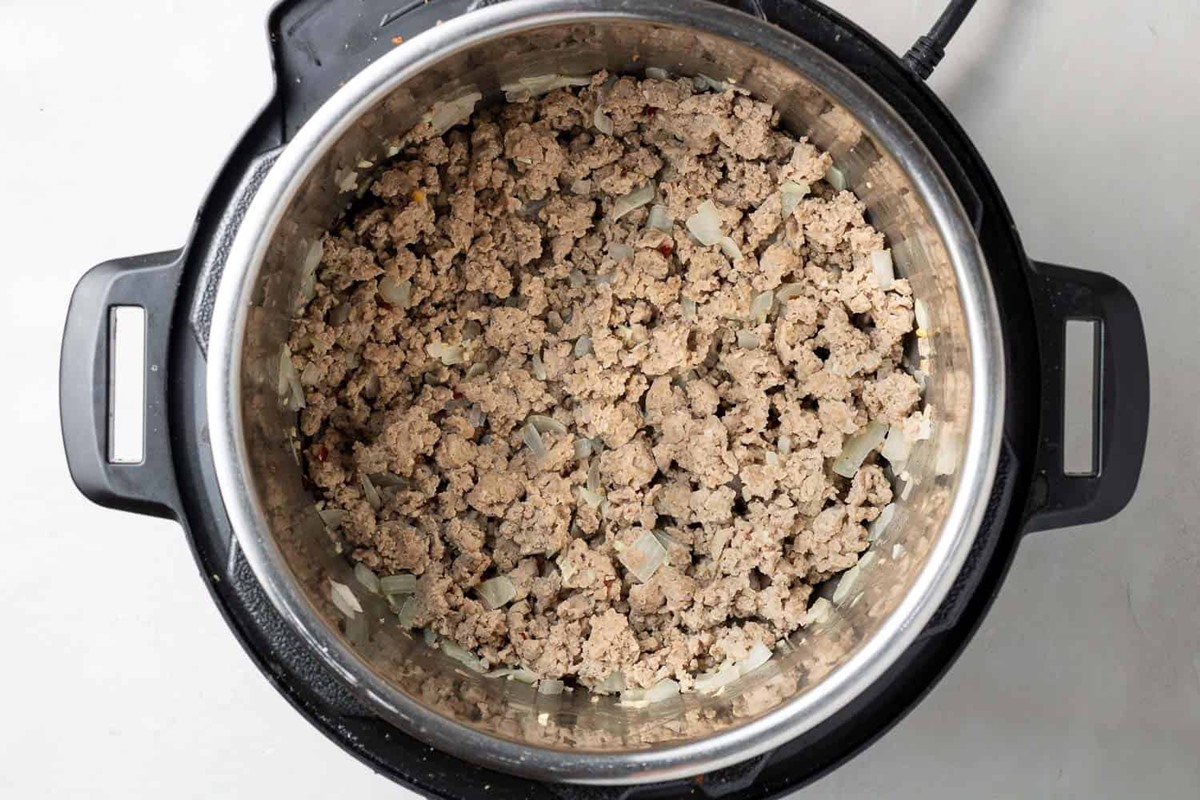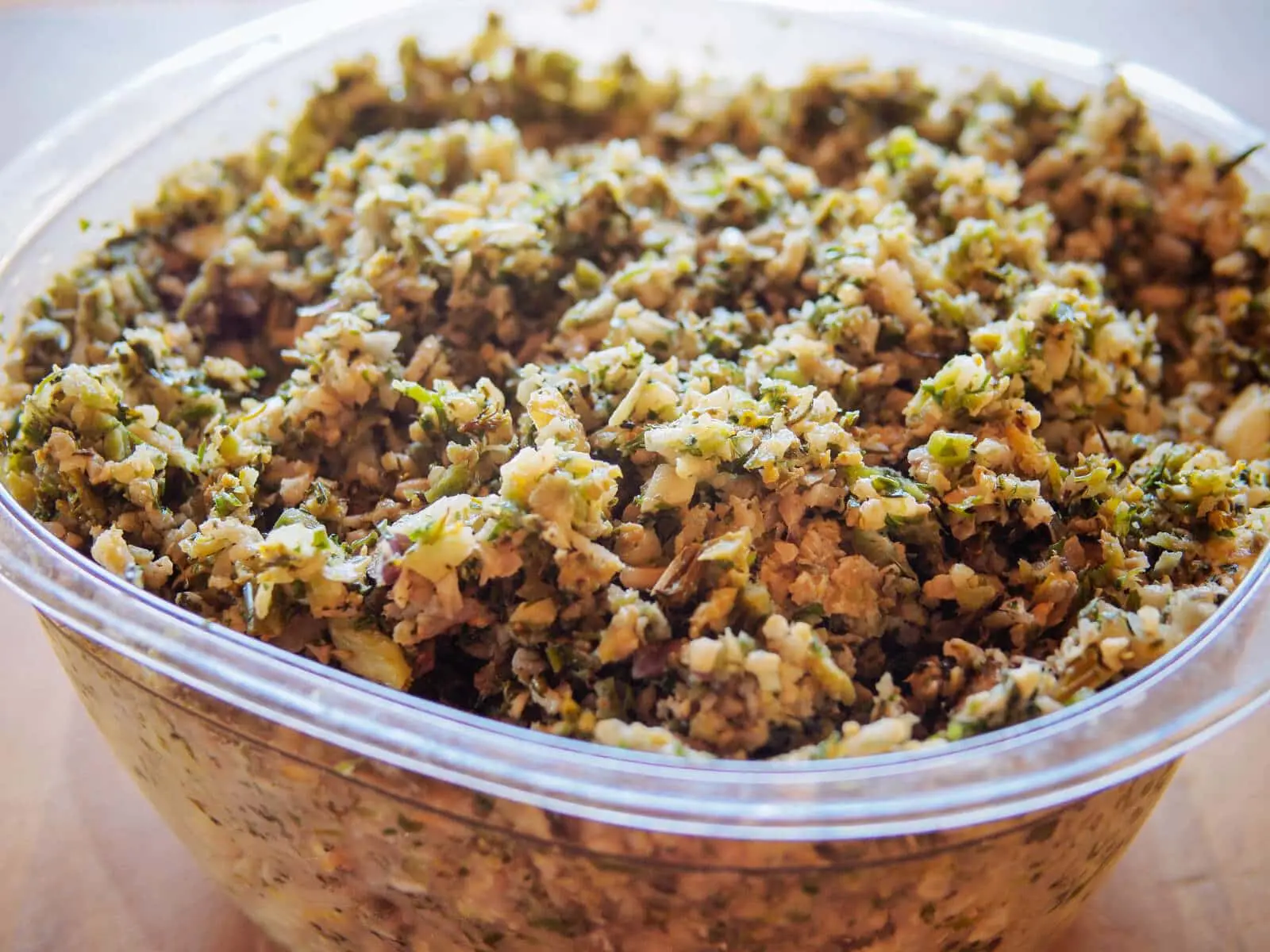Bringing Out the Best in Rutabaga Greens: A Guide to Cooking and Enjoying
When it comes to cooking greens, the spotlight often falls on popular choices like spinach, kale, and Swiss chard. However, if you’re looking to add a unique twist to your leafy green repertoire, look no further than rutabaga greens. These often overlooked and underrated greens are not only delicious but also packed with nutrients.
So, in this guide, we will walk you through the process of cooking rutabaga greens to perfection. From selecting the freshest greens to preparing them in various mouthwatering ways, we’ve got you covered.
Why Choose Rutabaga Greens?
Before we dive into the cooking techniques, let’s take a moment to appreciate the incredible health benefits of rutabaga greens. These dark leafy greens are rich in vitamins A and C, essential minerals like calcium and magnesium, and fiber, making them a nutritional powerhouse. Incorporating rutabaga greens into your diet can support your immune system, promote healthy digestion, and contribute to overall well-being.
1. Selecting the Greens
The secret to a flavorful dish starts with selecting fresh and vibrant rutabaga greens. When shopping, look for greens that:
- Have crisp leaves without any wilting
- Are a vibrant green color
- Show no signs of discoloration or yellowing
Remember, fresh greens ensure a delicious and satisfying meal.
2. Cleaning and Preparing
Once you have your fresh rutabaga greens, it’s time to clean and prepare them. Here’s how:
- Rinse the greens under cool water to remove any dirt or debris.
- Remove any tough stems or thick ribs, as they can be unpleasant to eat.
- Tear or cut the leaves into bite-sized pieces, so they cook evenly.
- Pat the greens dry with a clean kitchen towel or paper towel.
With your rutabaga greens clean and ready, it’s time to bring out their delicious flavors!
3. Cooking Methods
Rutabaga greens can be cooked in various ways, depending on your preference. Here are a few tried-and-true cooking methods:
Sautéing:
Sautéing rutabaga greens brings out their natural sweetness and adds a delectable touch. Heat a tablespoon of olive oil in a skillet over medium heat. Add minced garlic and sauté for a minute until fragrant. Then, toss in the greens and sauté for 3-5 minutes until wilted. Season with salt, pepper, and a squeeze of lemon juice for a burst of freshness.
Steaming:
Steaming is a gentle cooking method that helps retain the vibrant color and nutrients of rutabaga greens. Fill a pot with a few inches of water and bring it to a simmer. Place the greens in a steamer basket and set it over the simmering water. Cover and steam for about 5 minutes until the greens are tender yet still vibrant.
Adding to Soups and Stews:
Rutabaga greens make a wonderful addition to soups and stews, infusing them with their unique flavor. Chop the greens into bite-sized pieces and add them to your favorite soup or stew recipe during the last 10-15 minutes of cooking. Allow the greens to wilt and mingle with the other ingredients, creating a harmonious blend of flavors.
4. Enjoying Rutabaga Greens
Now that you’ve successfully cooked your rutabaga greens to perfection, it’s time to enjoy the fruits of your labor. Here are a few ways to savor and incorporate them into your meals:
- Add sautéed rutabaga greens as a tasty side dish to grilled meat or fish.
- Toss wilted rutabaga greens with pasta, a drizzle of olive oil, and a sprinkle of Parmesan cheese for a simple yet satisfying meal.
- Incorporate steamed rutabaga greens into a nourishing Buddha bowl, along with grains, roasted vegetables, and a protein of your choice.
Remember to get creative and experiment with different flavors and seasonings to suit your taste. Rutabaga greens are versatile and can be the star of any dish.
So, the next time you’re on a culinary adventure, don’t forget to grab some rutabaga greens. These nutritious and delicious greens will add a delightful twist to your meals and provide a boost of vitamins and minerals. Happy cooking!
Was this page helpful?
Read Next: How To Cook Crab Legs From Costco
